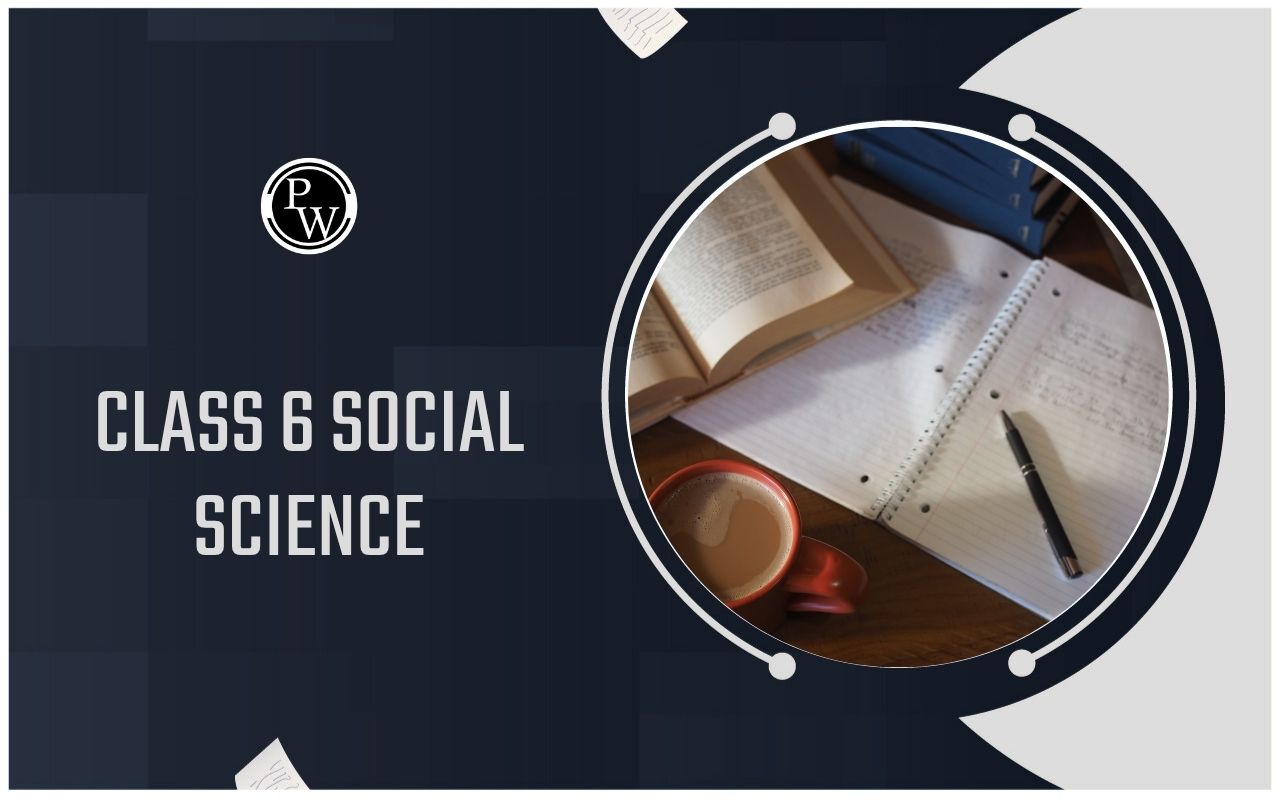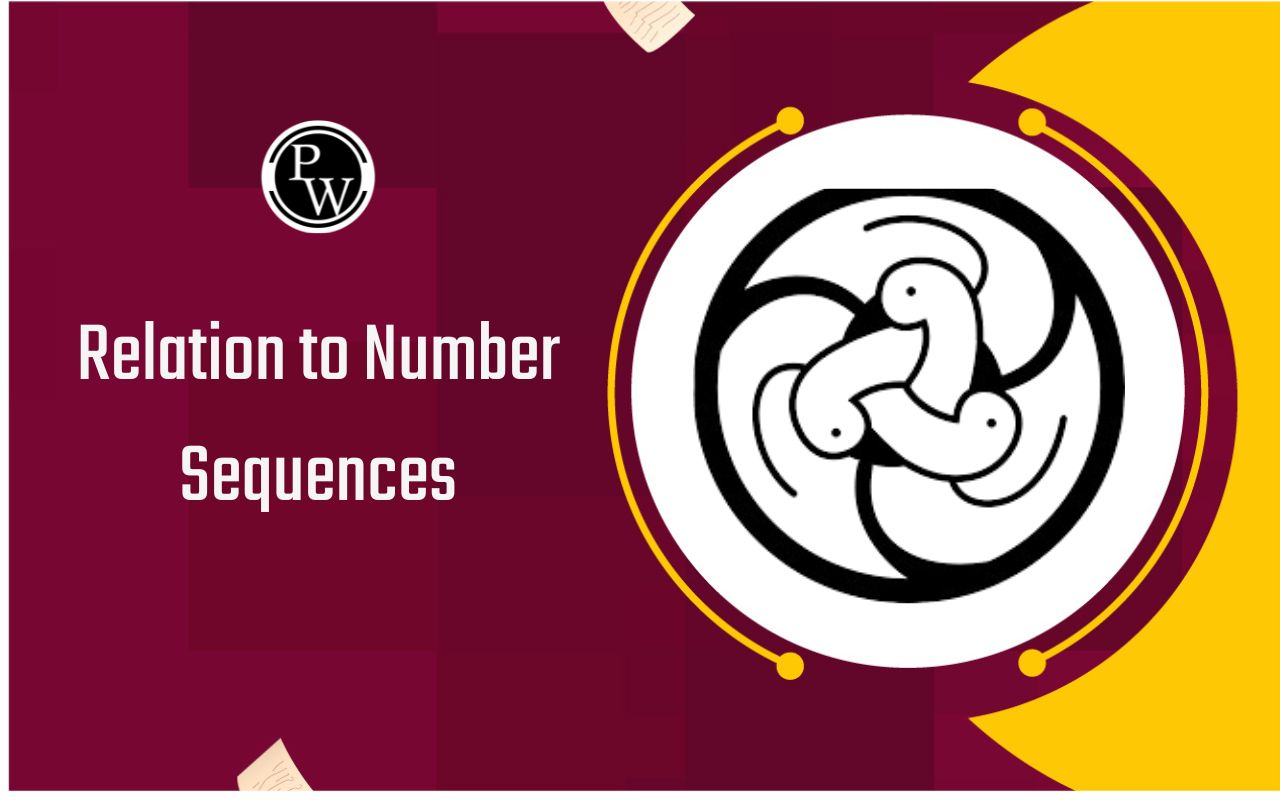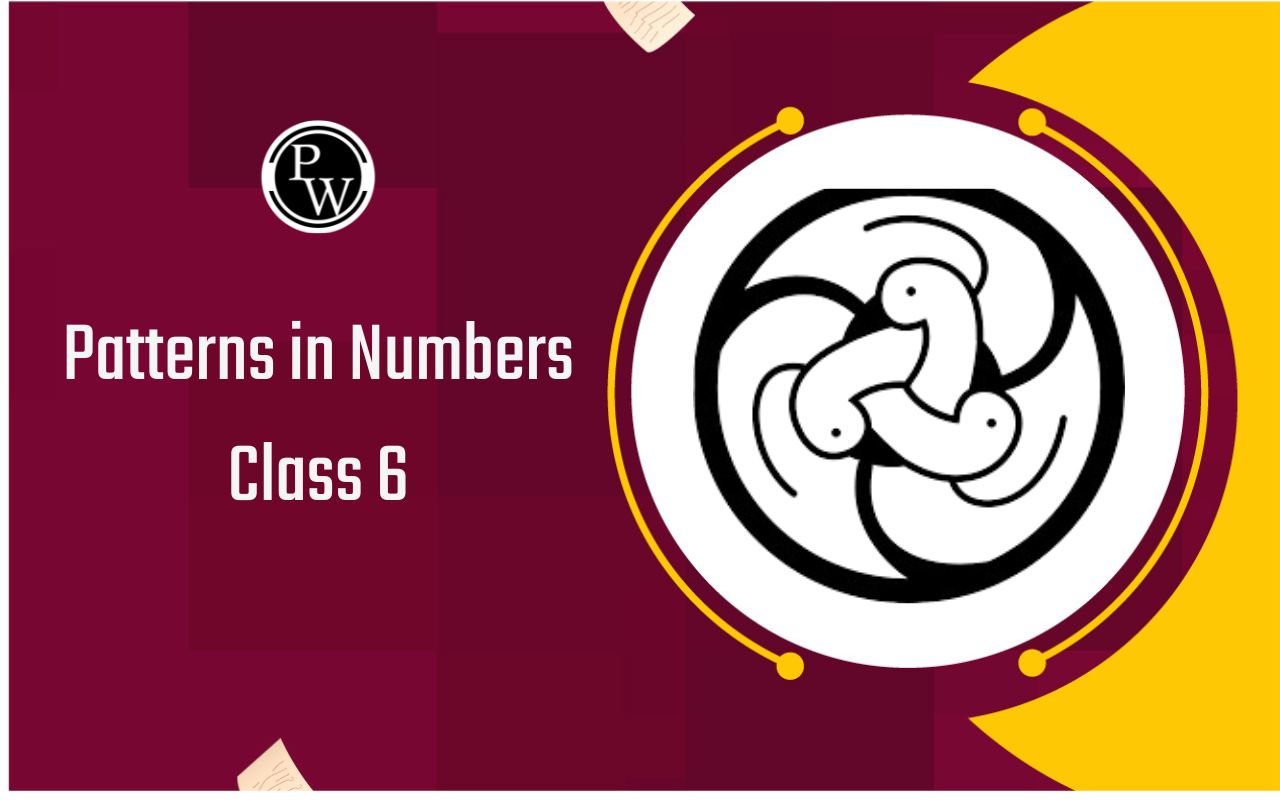
RD Sharma Solutions for Class 6 Maths Chapter 1 Exercise 1.5 provide clear and detailed explanations to help students understand and solve problems related to large numbers, unit conversions, and basic arithmetic operations.
This exercise focuses on applying place value concepts to real-life situations, such as calculating weights, populations, distances, and money-related problems. The step-by-step solutions make it easier for students to grasp each concept and practice confidently, building a strong foundation in number sense and problem-solving skills essential for Class 6 Maths.
RD Sharma Solutions for Class 6 Maths Chapter 1 Exercise 1.5 Overview
Exercise 1.5 of Class 6 Maths focuses on solving real-life problems involving large numbers, basic arithmetic operations, and unit conversions. Students learn to handle quantities related to weight, population, distance, money, and time. It helps strengthen their ability to apply addition, subtraction, multiplication, and division in day-to-day situations, and enhances their understanding of metric units like grams, kilograms, meters, liters, and their conversions.
Key Points:
-
Practice of real-life word problems using large numbers
-
Use of basic operations: addition, subtraction, multiplication, and division
-
Understanding metric conversions: mg to g, g to kg, cm to m, etc.
-
Applications include money transactions, distances, weights, and quantities
-
Enhances logical thinking and daily math usage
RD Sharma Solutions for Class 6 Maths Chapter 1 Exercise 1.5 Question Answers
Here are the solutions below to help you understand and solve all the questions from this exercise easily. Use these solutions to practice, revise, and prepare effectively for your exams.
Exercise 1.5 page: 1.21
1. How many milligrams make one kilogram?
Solution:
One million or ten lakh milligrams make one kilogram.
2. A box of medicine tablets contains 2, 00, 000 tablets each weighing 20mg. What is the total weight of all the tablets in the box in grams? In kilograms?
Solution:
It is given that
Weight of each tablet = 20mg
So we get
Weight of 2, 00, 000 tablets = 2, 00, 000 × 20
We get the weight of 2, 00, 000 tablets = 40, 00, 000mg
We know that
Total weight of tablets in the box = 40, 00, 000mg
It can be written as
1g = 1000mg
So the weight of box having tablets = 40, 00, 000/ 1000 = 4000g
We know that 1kg = 1000g
So the weight of box having tablets = 4000/ 1000 = 4kg
Therefore, the total weight of all the tablets in the box is 4000g or 4kg.
3. Population of Sundarnagar was 2, 35, 471 in the year 1991. In the year 2001 it was found to have increased by 72, 958. What was the population of the city in 2001?
Solution:
It is given that
Population of Sundarnagar in 1991 = 2, 35, 471
Increase in population in 2001 = 72, 958
We know that
Population of the city in 2001 = Population of Sundarnagar in 1991 + Increase in population in 2001
By substituting the values
Population of the city in 2001 = 2, 35, 471 + 72, 958
By addition
Population of the city in 2001 = 3, 08, 429
Therefore, the population of the city in 2001 is 3, 08, 429.
4. A book exhibition was held for four days in a school. The number of tickets sold at the counter on the first, second, third and final days were respectively 1094, 1812, 2050 and 2751. Find the total number of tickets sold on all the four days.
Solution:
It is given that
Number of tickets sold at the counter on the first = 1094
Number of tickets sold at the counter on the second = 1812
Number of tickets sold at the counter on the third = 2050
Number of tickets sold at the counter on the final day = 2751
We know that
Total number of tickets sold = 1094 + 1812 + 2050 + 2751 = 7707
Therefore, the total number of tickets sold on all the four days is 7, 707.
5. The town newspaper is published everyday. One copy has 12 pages. Everyday 11,980 copies are printed. How many pages are in all printed everyday? Every month?
Solution:
It is given that
1 copy of newspaper contains = 12 pages
So the number of pages in 11, 980 copies = 12 × 11, 980 = 1, 43, 760
Hence, 1, 43, 760 pages are printed everyday
We know that
Number of pages printed in a month = 1, 43, 760 × 30 = 43, 12, 800
Therefore, 1, 43, 760 pages are printed every day and 43, 12, 800 pages are printed every month.
6. A machine, on an average, manufactures 2825 screws a day. How many screws did it produce in the month of January 2006?
Solution:
It is given that
Number of screws produced per day = 2, 825
So the number of screws produced in the month of January = 2, 825 × 31 = 87, 575
Therefore, the machine produced 87, 575 screws in the month of January 2006.
7. A famous cricket player has so far scored 6978 runs in test matches. He wishes to complete 10, 000 runs. How many more runs does he need?
Solution:
It is given that
Runs scored by a famous cricket player = 6978
So the runs required to complete 10, 000 runs = 10, 000 – 6978 = 3022
Therefore, 3, 022 runs are needed by the cricket player to complete 10, 000 runs.
8. Ravish has ₹ 78, 592 with him. He placed an order for purchasing 39 radio sets at ₹ 1234 each. How much money will remain with him after the purchase?
Solution:
It is given that
Amount with Ravish = ₹ 78, 592
Cost of 1 radio set = ₹ 1234
Number of radio sets purchased = 39
We know that
Amount spent to purchase 39 radio sets = ₹ (1234 × 39) = ₹ 48126
Amount remaining with Ravish = Amount with Ravish – Amount spent to purchase 39 radio sets
By substituting the values
Amount remaining with Ravish = ₹ 78, 592 – ₹ 48126 = ₹ 30466
Therefore, ₹ 30466 money will remain with Ravish after the purchase.
9. In an election, the successful candidate registered 5, 77, 570 votes and his nearest rival secured 3, 48, 685 votes. By what margin did the successful candidate win the election?
Solution:
It is given that
Number of votes registered by successful candidate = 5, 77, 570
Number of votes secured by nearest rival = 3, 48, 685
We know that
Margin of victory the successful candidate obtain to win the election = Number of votes registered by successful candidate – Number of votes secured by nearest rival
By substituting the values
Margin of victory the successful candidate obtain to win the election = 5, 77, 570 – 3, 48, 685 = 2, 28, 885
Therefore, the margin of victory for the successful candidate is 2, 28, 885.
10. To stitch a shirt 2m 15cm cloth is needed. Out of 40m cloth, how many shirts can be stitched and how much cloth will remain?
Solution:
It is given that
Length of cloth = 40m
Length of cloth required to stitch a shirt = 2m 15cm = 200 + 15 = 215cm
Number of shirts that can be stitched using 40m cloth = 4000/ 215 = 18.60
We know that the number of shirts should be a whole number, 18 shirts can be stitched.
Length of cloth required to stitch 18 shirts = 215 × 18 = 3870cm
So the remaining cloth = 4000 – 3870 = 130cm = 1.3m = 1m 30cm
Therefore, 18 shirts can be stitched and 1m 30cm cloth will remain.
11. A vessel has 4 litre and 650ml of curd. In how many glasses, each of 25ml capacity, can it be distributed?
Solution:
It is given that
Total amount of curd = 4 litre 650ml
We know that 1 litre = 1000ml
Total amount of curd = 4650ml
Capacity of each glass = 25ml
So we get
Number of glasses of curd which can be distributed = Total amount of curd/ Capacity of each glass
By substituting the values
Number of glasses of curd which can be distributed = 4650/ 25 = 186
Therefore, 186 glasses each of 25ml capacity of curd can be distributed.
12. Medicine is packed in boxes, each such box weighing 4kg 500g. How many such boxes can be loaded in a van which cannot carry beyond 800kg?
Solution:
It is given that
Capacity of van carrying medicine boxes = 800kg
We know that 1kg = 1000g
Capacity of van carrying medicine boxes = 8, 00, 000g
Weight of each box = 4kg 500g = 4500g
We know that
Total number of boxes that can be loaded in a van = Capacity of van carrying medicine boxes/ Weight of each box
By substituting the values
Total number of boxes that can be loaded in a van = 8, 00, 000/ 4500 = 177.77
Number of boxes should be a whole number
We get
Weight of 177 boxes = 177 × 4500 = 7, 96, 500g which is under the permissible limit
Weight of 178 boxes = 178 × 4500 = 8, 01, 000g which is beyond the permissible limit
Therefore, 177 boxes can be loaded in a van which cannot carry beyond 800kg.
13. The distance between the school and the house of a student is 1km 875m. Everyday she walks both ways between her school and home. Find the total distance covered by her in a week.
Solution:
It is given that
Distance between school and house = 1km 875m = 1875m
We know that
Distance covered by a student per day = 2 × 1875 = 3750m
So we get
Total distance covered by the student in a week = 7 × 3750 = 26250m = 26km 250m
Therefore, the total distance covered by her in a week is 26km 250m.
RD Sharma Solutions for Class 6 Maths Chapter 1 Exercise 1.5 PDF Download
Students looking for accurate and well-explained solutions to Chapter 1 Knowing Our Numbers can refer to the RD Sharma Solutions for Class 6 Maths Exercise 1.5. These solutions are created to help students understand the concepts of large numbers, unit conversions, and basic arithmetic operations through real-life word problems. Each question is solved step-by-step to make learning easy and effective.
RD Sharma Solutions for Class 6 Maths Chapter 1 Exercise 1.5
Study without using the internet
Preparation Tips for RD Sharma Class 6 Maths Chapter 1 Exercise 1.5
To prepare well for Chapter 1 Exercise 1.5 of RD Sharma Class 6 Maths, follow these tips:
-
Focus on place value, large numbers, and unit conversions like mg to g, and m to cm.
-
Solve all questions in Exercise 1.5 thoroughly to build confidence.
-
Practice with Class 6 Maths sample papers to get familiar with the exam pattern and types of questions.
-
Solve PYQs related to chapter 1 to understand frequently asked problems.
-
Use RD Sharma Solutions PDF to verify your answers and improve problem-solving methods.
-
While practicing, set a time limit to improve speed and accuracy.
-
Be careful with unit conversions and calculations to avoid errors.
|
RD Sharma Solutions for Class 6 Maths Chapter 1 - Knowing Our Numbers Exercises |
RD Sharma Solutions for Class 6 Maths Chapter 1 Exercise 1.5 FAQs
What topics are covered in Exercise 1.5 of Class 6 Maths Chapter 1?
Are the RD Sharma solutions for Exercise 1.5 easy to understand?
How can these solutions help in exam preparation?
Are there sample papers or previous year questions related to this exercise?








